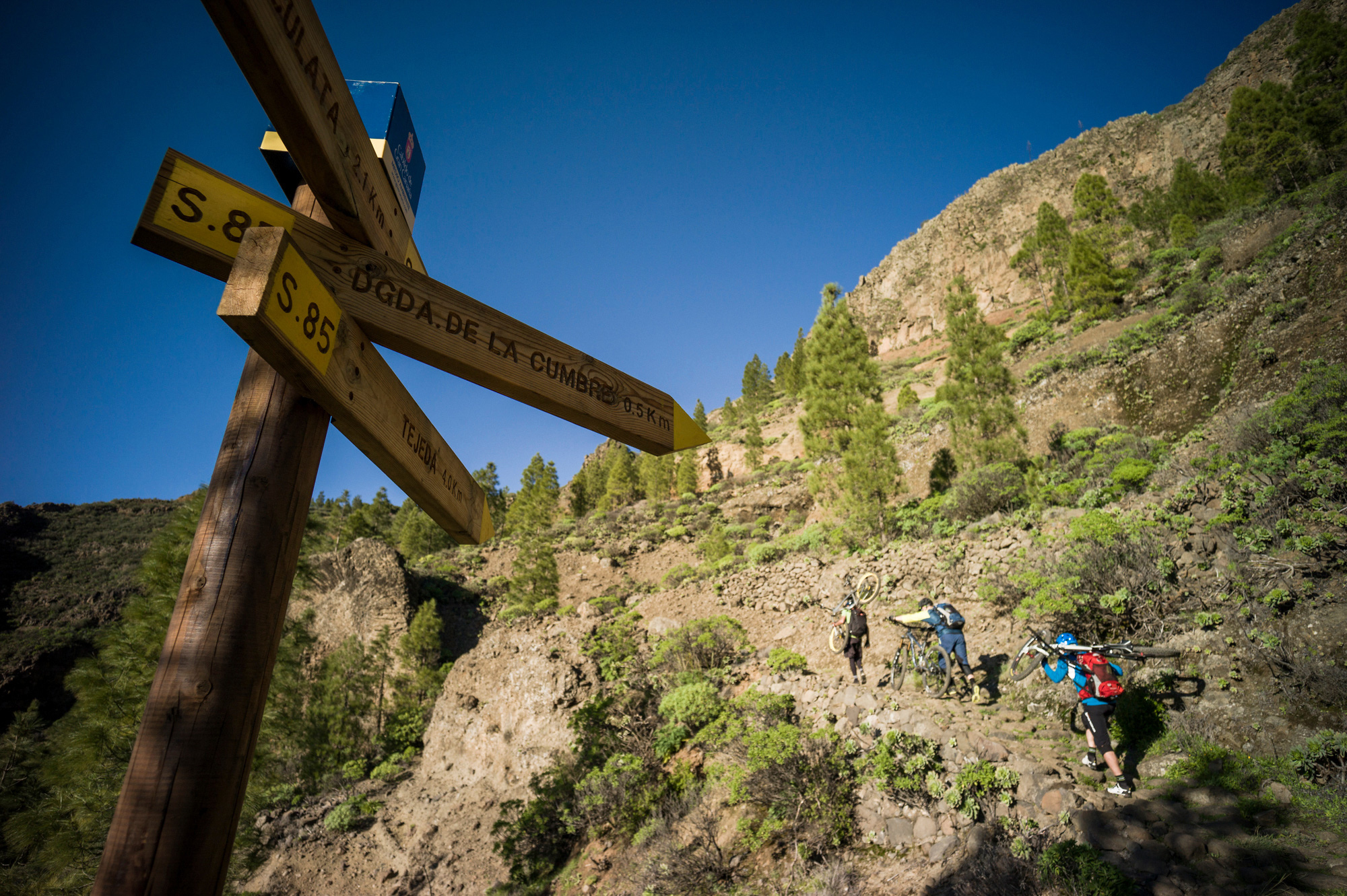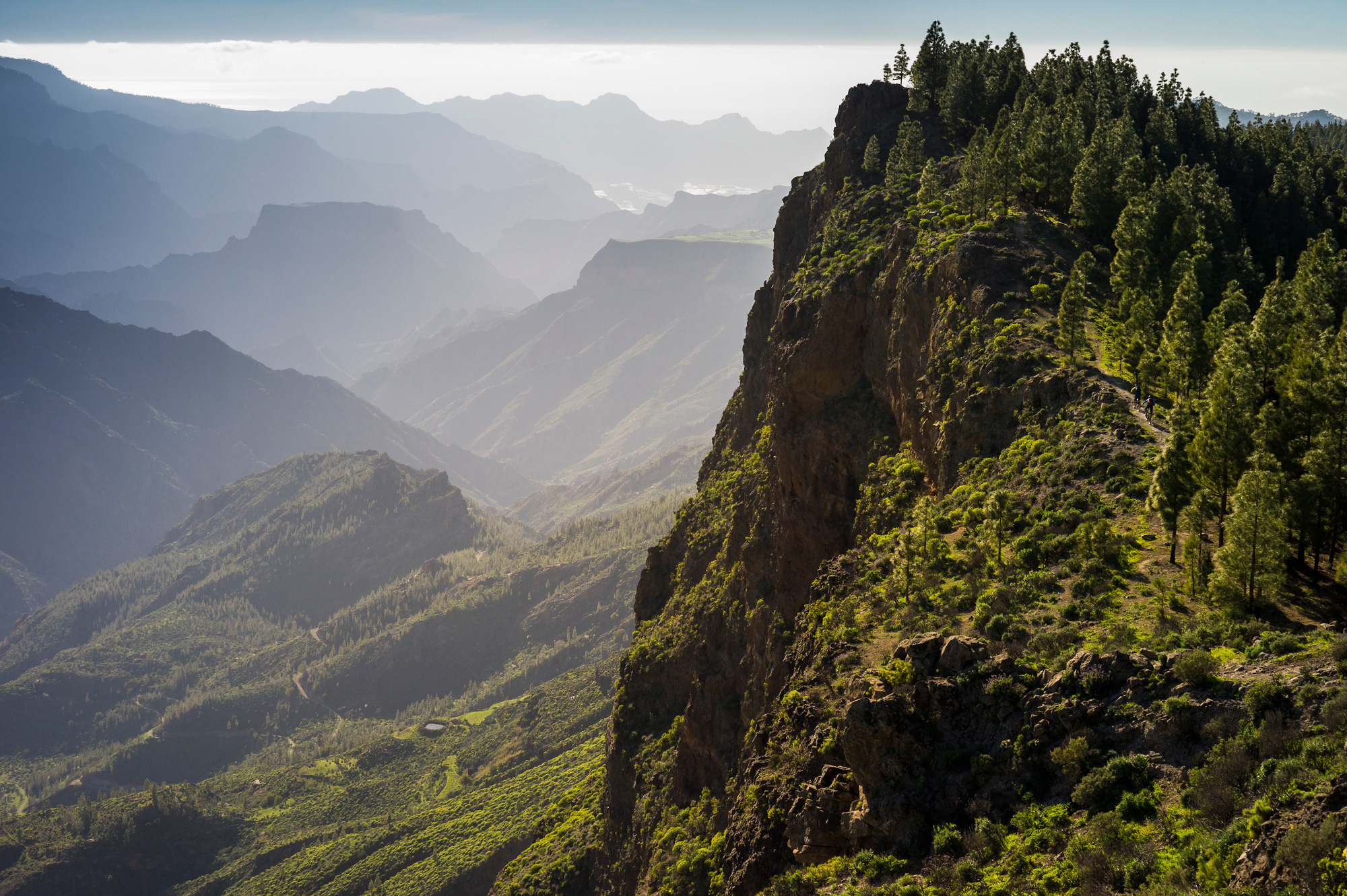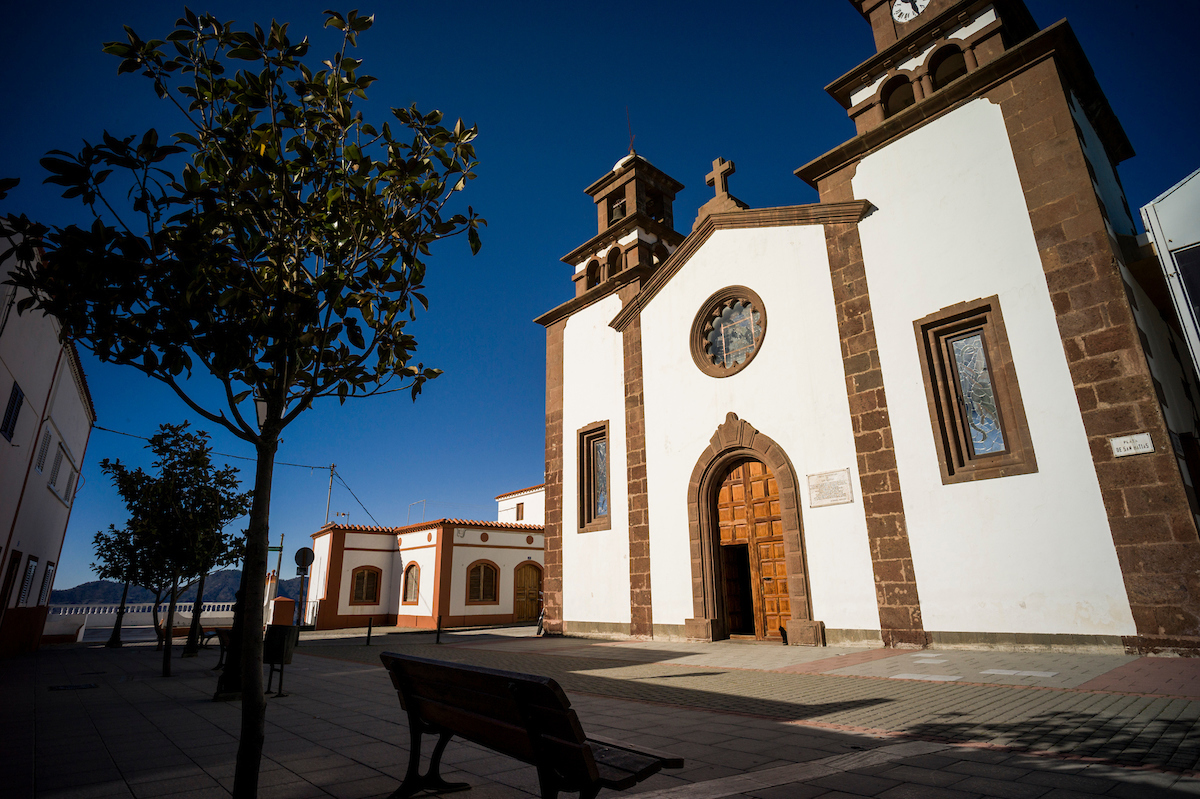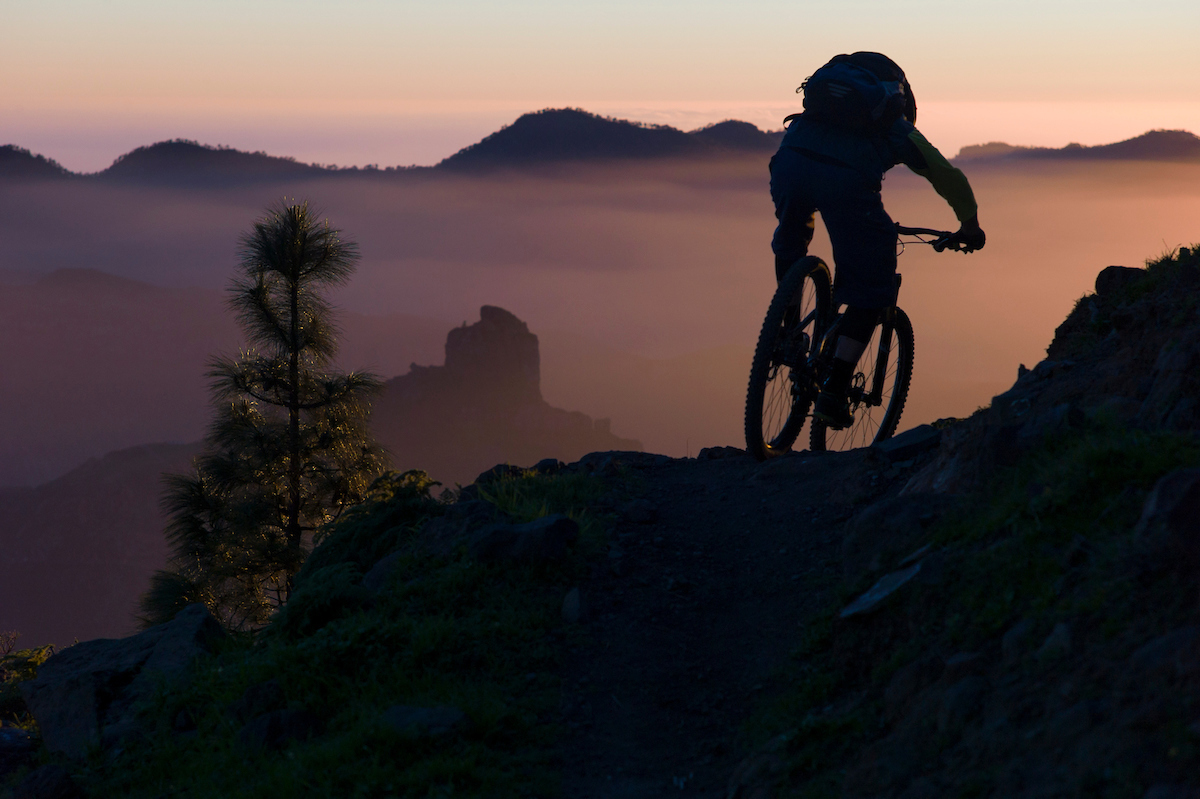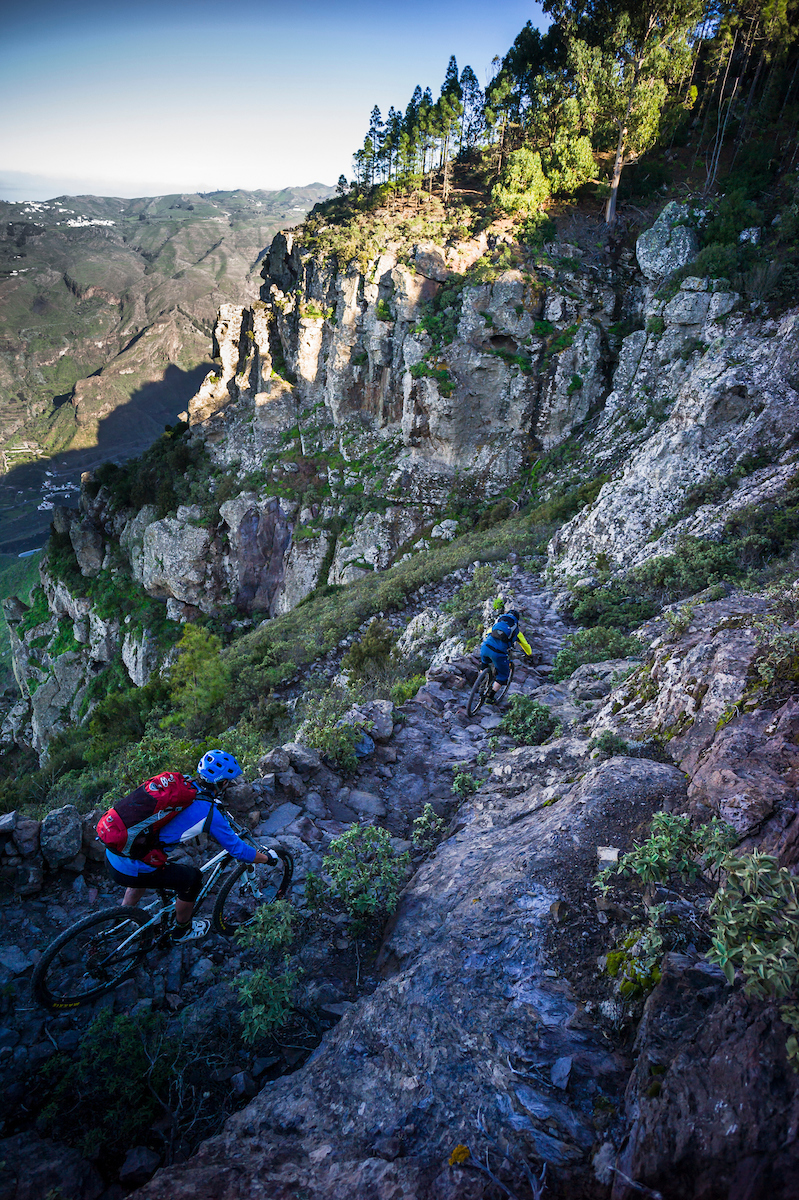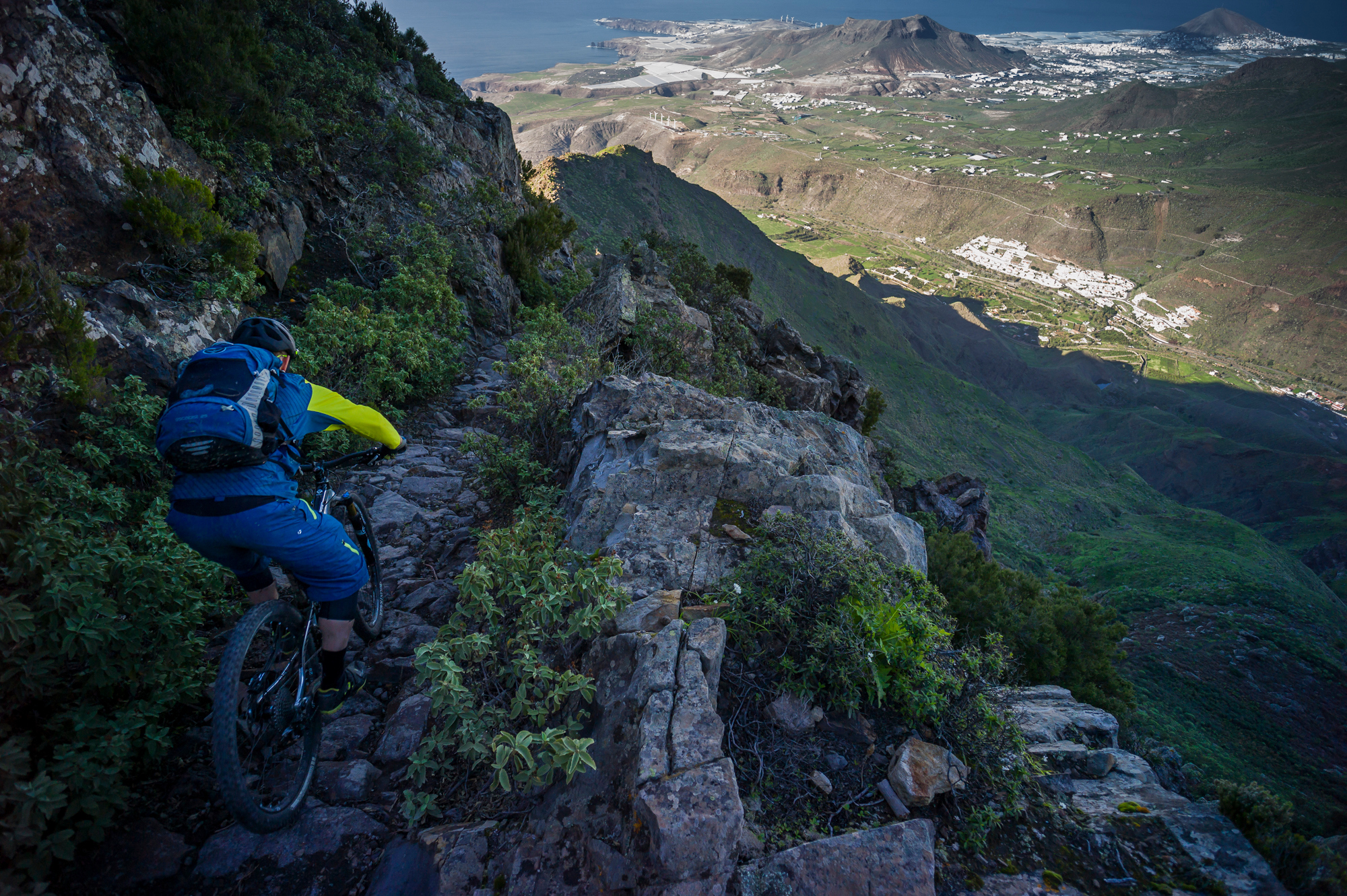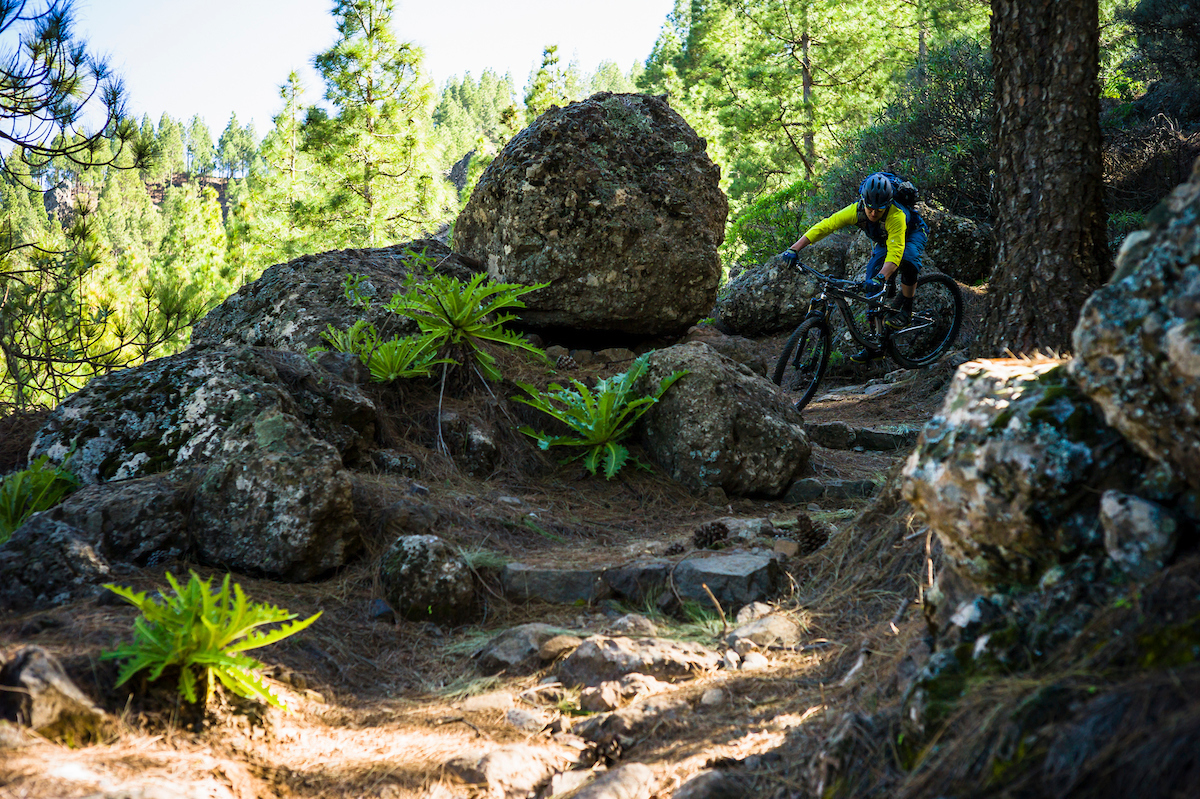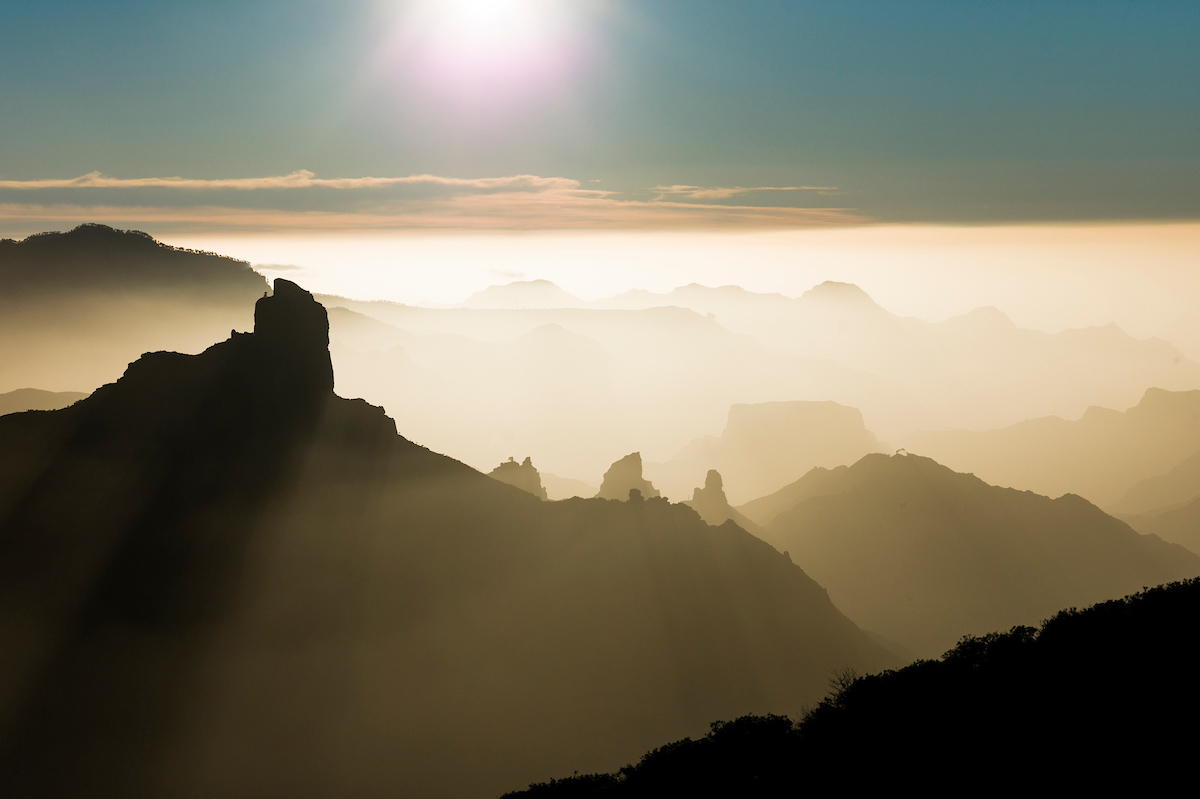Words and photos by Dan Milner
A while ago, when the mountain bike was endearingly called an All Terrain Bike (ATB) humans decided to pitch themselves against horses in a gruelling head-to-head slog to the finish. Far from some kind of Hollywood Knights of the Round Table movie plot, this man-versus-equine event was a cross-country race, held annually in Wales’ green and pleasant lands.
On the start line runners and mountain bikers lined up against horse riders, all focused on the finish line 22 miles away. Needless to say the horse retained the trophy —or at least their riders did— for nine years, until in 1989, mountain biker Tim Gould turned heads by taking it from them. Less surprising was that he also beat the first runner by 19 minutes. The bike became supreme.
I guess things have changed since then.
Today I’m in Gran Canaria, and the runners would have ten hours on me. I’m halfway through a three-day traverse of the island’s rugged volcanoes when the memory of Tim Gould’s win randomly crosses my mind. It might seem a strange blast from the past, but when you have a bike on your back, you have time to think. But it’s not the idea of shanks’ pony beating true horsepower that has me thinking, but that our ride is taking us three days to cover the same 86 kilometres that ultrarunners recently completed in just ten hours.
